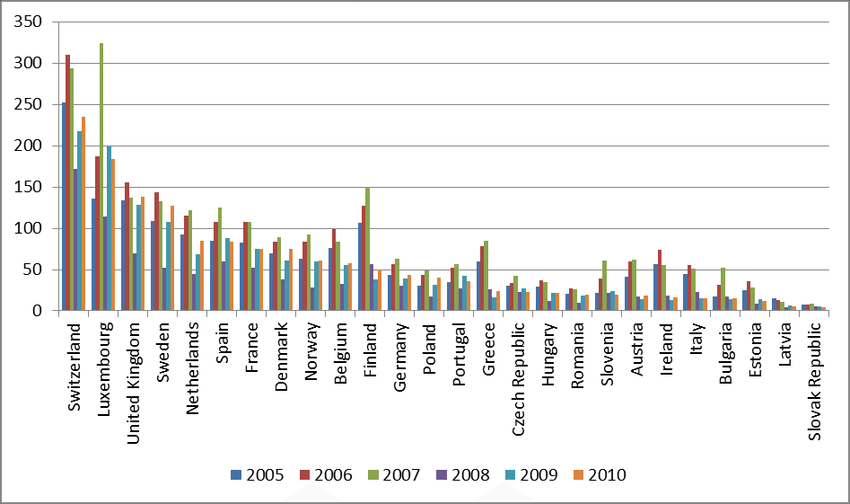Lokal: Was ist die Börse?
Lernziele der Lektion:
- EinführungDieser Abschnitt untersucht die Europäischer Aktienmarkt, Sie besteht aus verschiedenen nationalen und regionalen Börsen, die eine entscheidende Rolle im europäischen Finanzökosystem spielen. Das Verständnis dieser Märkte ist für jeden, der sich für europäische Finanzen interessiert, unerlässlich.
- Erfahren Sie mehr über die wichtigsten Punkte Europäische Börsen wie die Londoner Börse, Frankfurter Wertpapierbörse, Und Euronext. Die Kenntnis der Merkmale und der Bedeutung dieser Börsen kann Ihre Investitionsentscheidungen und -strategien in Europa leiten.
- Die kulturellen Unterschiede verstehen in Investitionsverhalten Die Unterschiede zwischen europäischen Ländern, wie beispielsweise Deutschlands konservativer Ansatz im Vergleich zu Frankreichs diversifizierten Strategien, sind enorm. Diese Erkenntnisse sind unerlässlich, um Anlagestrategien an die spezifischen europäischen Märkte anzupassen.
- Erkunden Sie die verschiedenen Arten von Investoren In Europa gibt es verschiedene Anlageklassen, darunter Privatanleger, institutionelle Anleger, professionelle Anleger und qualifizierte Investoren. Die Kenntnis der Unterschiede und der jeweils geltenden regulatorischen Rahmenbedingungen hilft Ihnen, sich im europäischen Anlagemarkt besser zurechtzufinden.
2.1 Was ist der Aktienmarkt?
Der europäische Aktienmarkt ist ein Netzwerk von Börsen auf dem gesamten Kontinent, von denen jede eine entscheidende Rolle im Finanzökosystem der Region spielt. Viele europäische Länder verfügen zwar über eigene nationale Börsen, doch einige zeichnen sich durch ihre Größe, ihren Einfluss und ihre internationale Präsenz aus.
- Londoner Börse (LSE)Die LSE, eine der größten und bedeutendsten Börsen Europas, bleibt auch nach dem Brexit ein wichtiger Akteur im globalen Finanzsystem. FTSE 100 Index Der London Stock Exchange (LSE) dient als Leitindex der Börse und listet die größten börsennotierten Unternehmen Großbritanniens auf. Investoren aus ganz Europa und der Welt handeln an der LSE, angezogen von ihrer Liquidität und dem breiten Spektrum an Anlagemöglichkeiten.
2. Frankfurter WertpapierbörseBetrieben von Deutsche Börse, Die Frankfurter Börse ist die größte Börse Deutschlands und eine der wichtigsten in Europa. DAX 30 Index, Der Index, der die 30 größten Unternehmen Deutschlands erfasst, dient als Barometer für die Gesundheit der deutschen Wirtschaft. Da Deutschland die größte Volkswirtschaft Europas ist, ist dieser Index für Investoren im In- und Ausland von entscheidender Bedeutung.
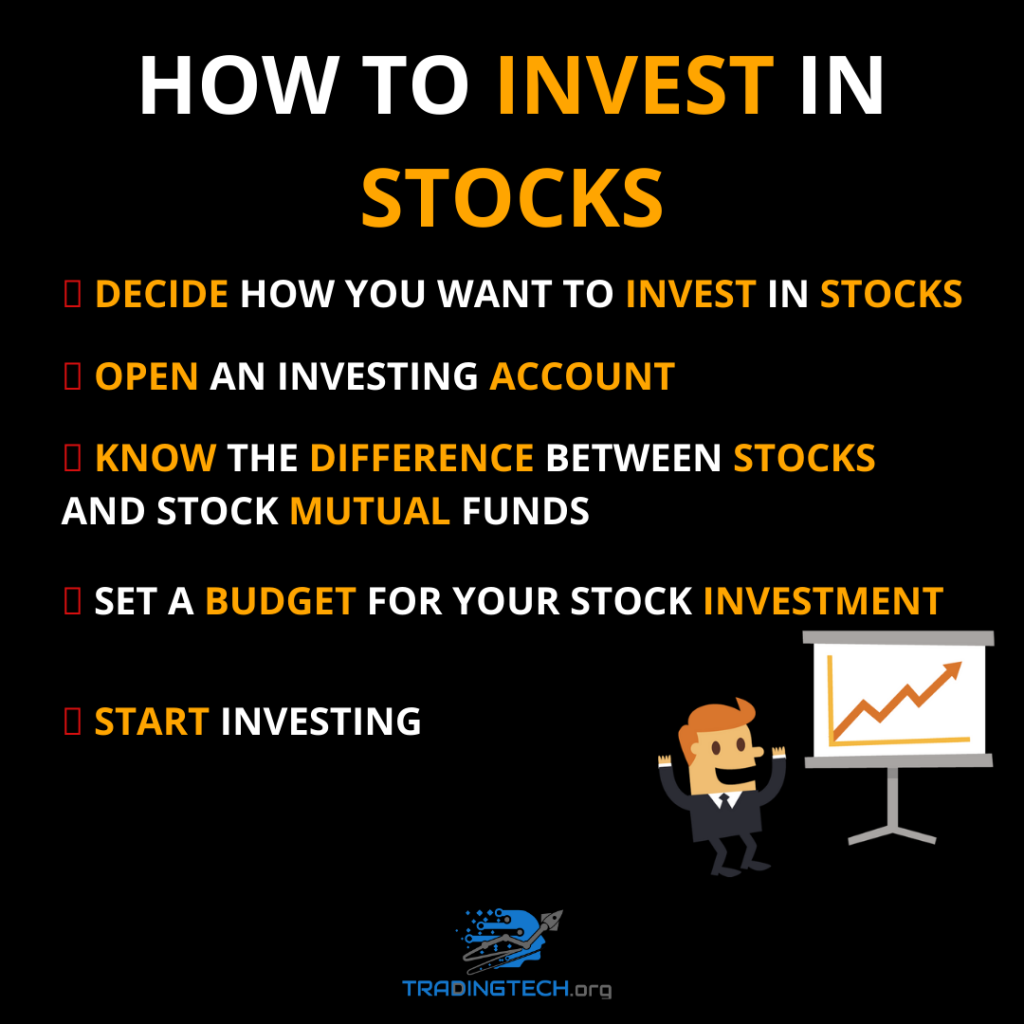
3. EuronextEuronext ist eine paneuropäische Börse, die in mehreren Ländern tätig ist, darunter Frankreich, Niederlande, Belgien, Und Portugal. Euronext bietet eine breite Palette an Finanzprodukten und ist ein wichtiger Handelsplatz für Unternehmen und Investoren aus verschiedenen europäischen Märkten. Die Vielfalt der gelisteten Unternehmen macht Euronext zu einer attraktiven Börse für Anleger, die ihr Portfolio innerhalb Europas diversifizieren möchten.
2.2 Warum investieren Menschen in Aktien?
Die Gründe für Aktieninvestitionen variieren in Europa erheblich und spiegeln unterschiedliche kulturelle Einstellungen zu Risiko und Anlagestrategien wider. In einigen europäischen Ländern gilt die Aktienanlage als langfristige Vermögensaufbaustrategie, während in anderen Ländern eher konservative Ansätze vorherrschen.
- DeutschlandDeutsche Anleger sind im Vergleich zu ihren europäischen Pendants tendenziell konservativ und risikoscheu. Viele Deutsche bevorzugen sichere Anlagen wie Sparbücher und Staatsanleihen. Wenn sie in Aktien investieren, wählen sie häufig etablierte Unternehmen mit einer langen Stabilitätshistorie. Blue-Chip-Aktien. Dieser vorsichtige Ansatz ist durch historische wirtschaftliche Instabilität, einschließlich der Hyperinflation des frühen 20. Jahrhunderts und der Wiederaufbaubemühungen nach dem Krieg, beeinflusst.
- FrankreichFranzösische Anleger diversifizieren ihre Portfolios eher und kombinieren Aktien mit Anleihen, Immobilien und anderen Finanzprodukten. Euronext Paris, Die französische Niederlassung von Euronext listet viele namhafte französische Unternehmen und zieht sowohl institutionelle als auch private Anleger an.
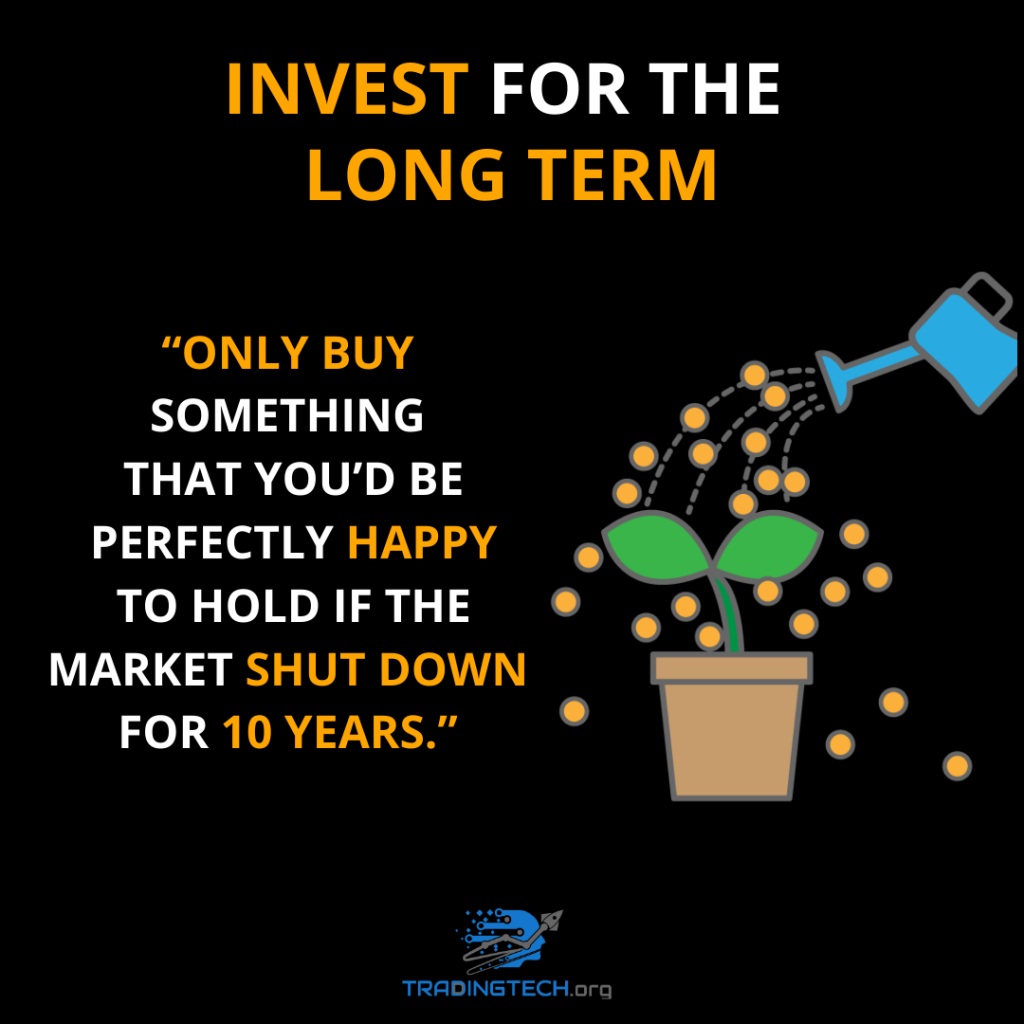
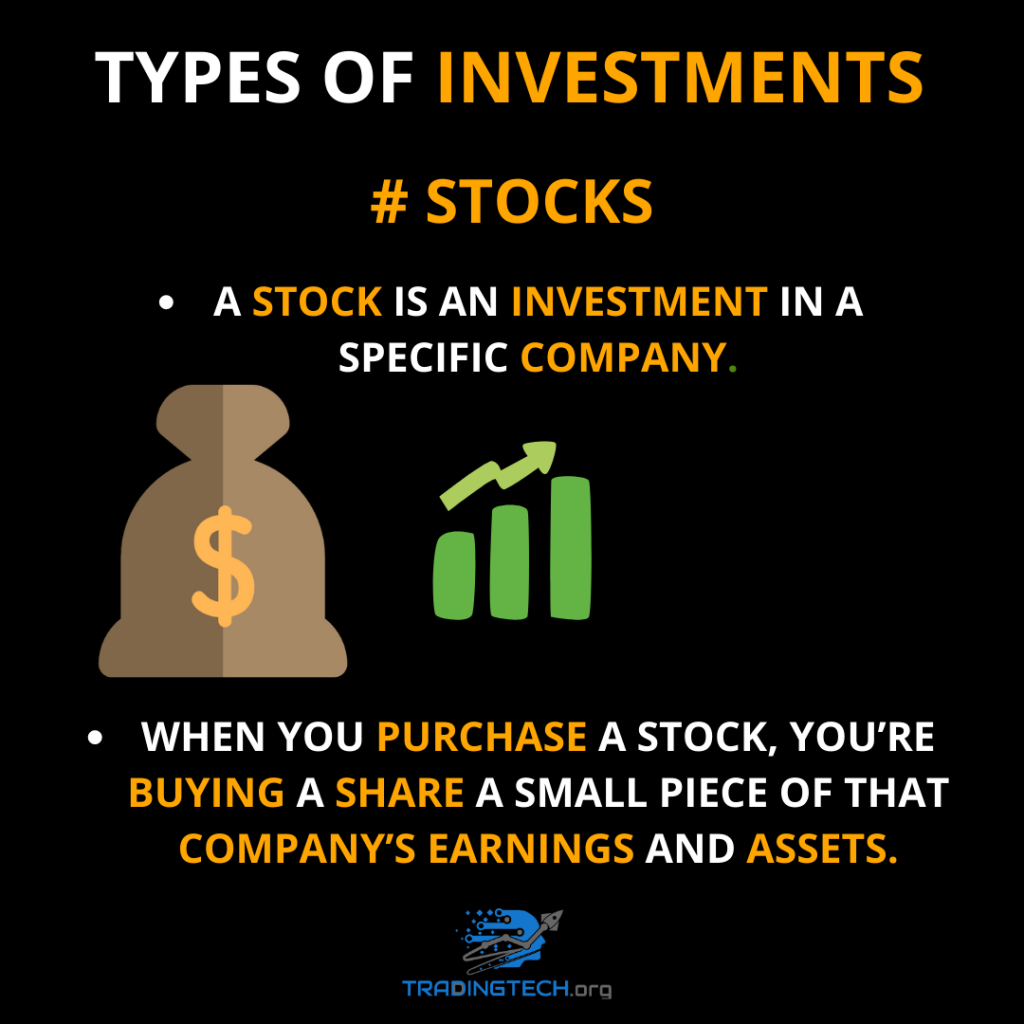
3. SpanienSpanische Investoren zeigen ein wachsendes Interesse an Aktien, insbesondere in den Bereichen Technologie und erneuerbare Energien. IBEX 35 Index in Madrid bietet Einblicke in Spaniens größte Unternehmen, von denen viele in den Bereichen Finanzen, Infrastruktur und Energie tätig sind.
4. ItalienItalienische Anleger waren traditionell vorsichtig am Aktienmarkt, doch in den letzten Jahren hat die Beteiligung von Privatanlegern zugenommen, insbesondere im Technologie- und Startup-Sektor. Viele Italiener bevorzugen nach wie vor Investitionen in Staatsanleihen und Immobilien, aber Aktien erfreuen sich wachsender Beliebtheit, vor allem bei jüngeren Generationen.
Diese kulturellen Unterschiede sind für jeden, der an Investitionen in Europa interessiert ist, von Bedeutung, da sie das Marktverhalten, die Risikotoleranz und die Investitionstrends beeinflussen.
Figur: Verhältnis der Börsenkapitalisierung zum BIP in europäischen Ländern (2005–2010)
Beschreibung:
Dieses Balkendiagramm zeigt die Börsenkapitalisierung in Prozent des BIP für verschiedene Europäische Länder aus 2005 bis 2010. Jedes Land ist auf der x-Achse, während die y-Achse zeigt das Verhältnis der Börsenkapitalisierung zum BIP an. Verschiedene Farben entsprechen den Jahren ab 2005 bis 2010, die Trends und Veränderungen im Laufe der Zeit aufzeigen. Insbesondere Länder wie Schweiz, Luxemburg, und die Vereinigtes Königreich weisen im Vergleich zu anderen höhere Verhältnisse auf.
Wichtige Erkenntnisse:
Dieses Balkendiagramm zeigt die Börsenkapitalisierung in Prozent des BIP für verschiedene Europäische Länder aus 2005 bis 2010. Jedes Land ist auf der x-Achse, während die y-Achse zeigt das Verhältnis der Börsenkapitalisierung zum BIP an. Verschiedene Farben entsprechen den Jahren ab 2005 bis 2010, die Trends und Veränderungen im Laufe der Zeit aufzeigen. Insbesondere Länder wie Schweiz, Luxemburg, und die Vereinigtes Königreich weisen im Vergleich zu anderen höhere Verhältnisse auf.
Anwendung der Informationen:
Dieses Diagramm ist hilfreich zum Verständnis der Marktgröße und wirtschaftliche Auswirkungen des Aktienmarktes in verschiedenen europäischen Ländern im Laufe der Zeit. Anleger können diese Daten nutzen, um die Entwicklung des Aktienmarktes in verschiedenen europäischen Ländern zu beurteilen. relatives Wachstum oder Schrumpfung der Finanzmärkte verschiedener Länder, was dazu beiträgt, Diversifizierung Und Anlagestrategie Entscheidungen. Darüber hinaus hebt es die Auswirkungen umfassenderer wirtschaftlicher Ereignisse hervor, wie zum Beispiel die Finanzkrise von 2008, auf Basis der Marktkapitalisierung.
2.3 Arten von Investoren
In der Europäischen Union werden Anleger in verschiedene Kategorien eingeteilt, von denen jede ihre eigenen Vorschriften und Richtlinien hat, insbesondere für institutionelle Anleger. Diese Kategorien tragen zum Schutz der Anleger und zur Gewährleistung eines fairen Marktumfelds bei.
- PrivatanlegerHierbei handelt es sich um Privatanleger, die Aktien für ihr persönliches Portfolio kaufen und verkaufen. In Europa profitieren Privatanleger von der MiFID II Regulierungen sollen sie vor unlauteren Geschäftspraktiken schützen und sicherstellen, dass sie transparente und verständliche Informationen über die mit ihren Anlagen verbundenen Risiken erhalten. Privatanleger haben oft Zugang zu einer breiten Produktpalette, darunter Aktien, Anleihen und Investmentfonds.
- Institutionelle AnlegerHierbei handelt es sich um große Organisationen wie Banken, Pensionsfonds, Hedgefonds und Versicherungen, die im Auftrag anderer investieren. Institutionelle Anleger haben in der Regel Zugang zu einer breiteren Palette von Finanzinstrumenten und komplexeren Anlagestrategien. In Europa unterliegen sie der Regulierung durch … ESMA und die lokalen Finanzbehörden, um sicherzustellen, dass ihre Investitionstätigkeiten gesetzeskonform sind und die Interessen derjenigen Personen schützen, deren Geld sie verwalten.
- Professionelle InvestorenProfessionelle Anleger verfügen über mehr Erfahrung und Kenntnisse der Finanzmärkte und verwalten häufig größere Portfolios. Aufgrund ihrer Expertise unterliegen sie im Vergleich zu Privatanlegern einer weniger strengen regulatorischen Aufsicht. Dennoch müssen auch sie die EU-weiten Vorschriften einhalten. MiFID II um Markttransparenz und faire Geschäftspraktiken zu gewährleisten.
- Qualifizierte AnlegerDiese Anleger erfüllen spezifische finanzielle und rechtliche Kriterien, die häufig ein Mindestvermögen unter der Verwaltung voraussetzen. Qualifizierte Anleger erhalten Zugang zu komplexeren Finanzprodukten und Anlagemöglichkeiten, die Privatanlegern nicht zur Verfügung stehen. Diese Einstufung stellt sicher, dass nur Personen mit umfassender Erfahrung und entsprechenden Ressourcen risikoreichere Anlagen tätigen können.
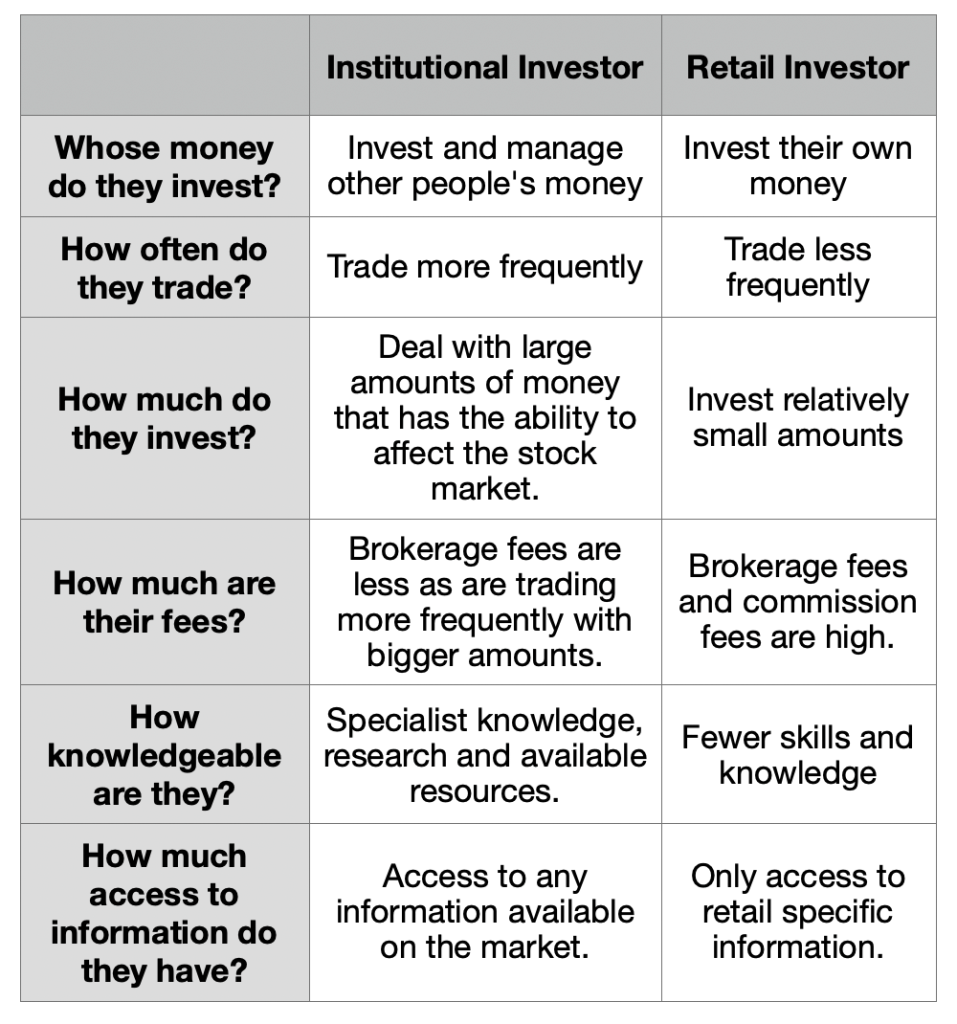
Figur: Institutionelle Anleger vs. Privatanleger
Beschreibung:
Diese Tabelle vergleicht institutionelle Anleger Und Privatanleger in verschiedenen Merkmalen. Es zeigt die Unterschiede in Finanzierungsquellen, Handelsfrequenz, Investitionssummen, Gebühren, Kenntnisstand, Und Zugang zu Informationen. Institutionelle Anleger verwalten oft größere Geldsummen im Auftrag anderer, handeln häufiger und profitieren aufgrund höherer Handelsvolumina von niedrigeren Gebühren. Privatanleger hingegen investieren in der Regel ihr eigenes Geld, handeln seltener, verwalten kleinere Beträge und zahlen höhere Brokergebühren.
Wichtige Erkenntnisse:
- Institutionelle Anleger Das Geld anderer Leute verwalten und große Transaktionen tätigen, die den Markt beeinflussen können.
- Privatanleger Sie setzen ihr eigenes Kapital ein und investieren in der Regel kleinere Beträge.
- Institutionelle Anleger profitieren Sie von niedrigeren Gebühren und einem besseren Zugang zu Marktinformationen.
- Privatanleger Sie sehen sich höheren Gebühren gegenüber und haben nur eingeschränkten Zugang zu fortschrittlichen Forschungsinstrumenten.
Anwendung der Informationen:
die Unterschiede verstehen zwischen institutionelle und private Anleger kann Nutzern helfen, ihre eigene Position zu erkennen und ihre Anlagestrategien Demnach können sich Privatanleger darauf konzentrieren, dazuzulernen und sich mehr Informationen zu beschaffen, um Wissenslücken zu schließen. Darüber hinaus hilft dieser Vergleich den Nutzern, ihre Kenntnisse zu verstehen. Marktdynamik und wie große institutionelle Transaktionen die Aktienkurse beeinflussen können.
Wichtige Unterrichtsinformationen:
- Der Europäischer Aktienmarkt ist ein komplexes Netzwerk von Handelsplätzen, von denen jeder auf seine Weise zur Wirtschaft der Region beiträgt. Wichtige Akteure wie die LSE, Deutsche Börse, Und Euronext sind für Investoren, die in den europäischen Märkten aktiv werden wollen, von entscheidender Bedeutung.
- Investitionsverhalten Die Anlagestrategien unterscheiden sich in Europa erheblich und werden von kulturellen Faktoren und historischen wirtschaftlichen Ereignissen beeinflusst. So sind beispielsweise deutsche Anleger für ihre Risikoaversion bekannt, während französische Anleger typischerweise einen diversifizierteren Anlageansatz verfolgen.
- Das Verständnis der verschiedenen Anlegertypen ist für jeden, der auf den europäischen Märkten aktiv ist, von entscheidender Bedeutung. Privatanleger sind durch Regulierungen wie MiFID II geschützt, die Transparenz und Fairness gewährleisten, institutionelle Anleger Sie können größere Vermögenswerte verwalten und haben Zugang zu anspruchsvolleren Anlageinstrumenten.
- Der Unterschiede zwischen institutionellen und privaten Anlegern Sie beeinflussen die Marktdynamik. Institutionelle Anleger können große Transaktionen durchführen, die die Marktpreise beeinflussen können, während Privatanleger höhere Gebühren in Kauf nehmen müssen und weniger Zugang zu komplexen Finanzinstrumenten haben.
Schlusserklärung
Sich mit der Struktur des europäischen Aktienmarktes, den unterschiedlichen Anlagepraktiken in den verschiedenen Ländern und den Arten von Anlegern, die an diesen Märkten teilnehmen, vertraut zu machen, stattet Sie mit dem Wissen aus, fundierte Entscheidungen zu treffen und Ihre Anlagestrategien an die Gegebenheiten des europäischen Marktes anzupassen.

